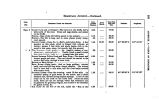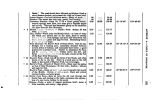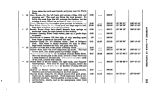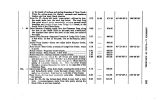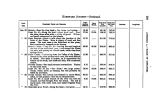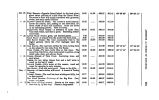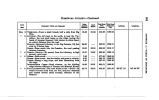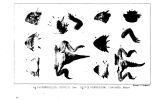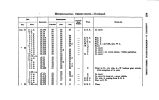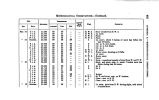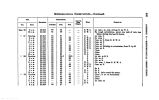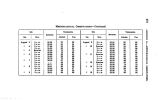| OCR Text |
Show APPENDIX C.- REPTILES. 339 • broad, arranged in annular rows, or else verticillated and slightly carinated. The tail is cylindrical, and two and a- half times the length of the body and head together: it tapers gradually and terminates in a point. The ground colour appears to have been bluish yellow, marked with irregular patches of black. In some specimens, four longitudinal yellow stripes may be seen extending from the occiput to the base of the tail, and occasionally to a little distance on the latter. In the young state, the black patches predominate, unite, and form, as it were, the ground colour, and the yellow constitutes irregular small spots. A series of individuals of different sizes were collected by Capt. Stansbury in the valley of the Great Salt Lake. Genus CROTAPHYTUS, Holbrook. GIN. CHAR.- Head covered with small and polygonal plates. The occipital proper, minute. Teeth on the jaws, pterygoids and palatines, rudimentary on the latter. Broad auditory aperture. Femoral pores present; no anal ones. Tail yery long. Of the genus Crotaphytus, a typical form peculiar to North America, but one single species has hitherto been discovered, the C. collaris, observed for the first time by Major Long's party, on their expedition to the Rocky Mountains. The discovery of a second species of this genus within the limits of the United States will be received with interest: both of these have a very close generic relationship, the differences being found in some minor details of their structure. The generic characters are the following:- The occipital region, vertex, and front are covered with small and polygonal plates. On the superciliary region and around the nostrils the plates are scarcely larger than the scales of the back. The odd occipital plates are inconspicuous, being but very little larger than the surrounding ones. The auditory apertures are broadly open. Teeth exist on the maxillaries, palatines, and pterygoids; conical, acute, and slightly curved on the anterior part of the jaws, they are compressed and tricuspid on the posterior. The palatine teeth are rudimentary. The skin is folded under the throat. The scales of the upper part of the body are polygonal, and smaller than those of the lower part, or belly, and tail; those under the head have pearly the size of those of the back. The femoral pores are very |
































































































































































































































































































































































